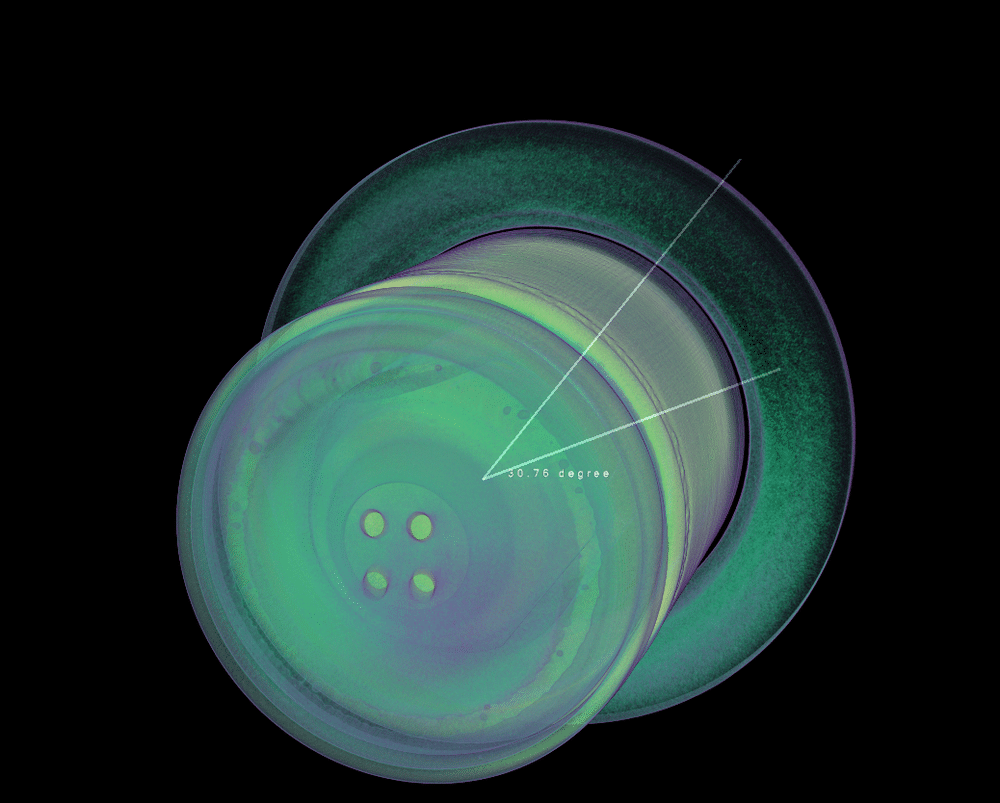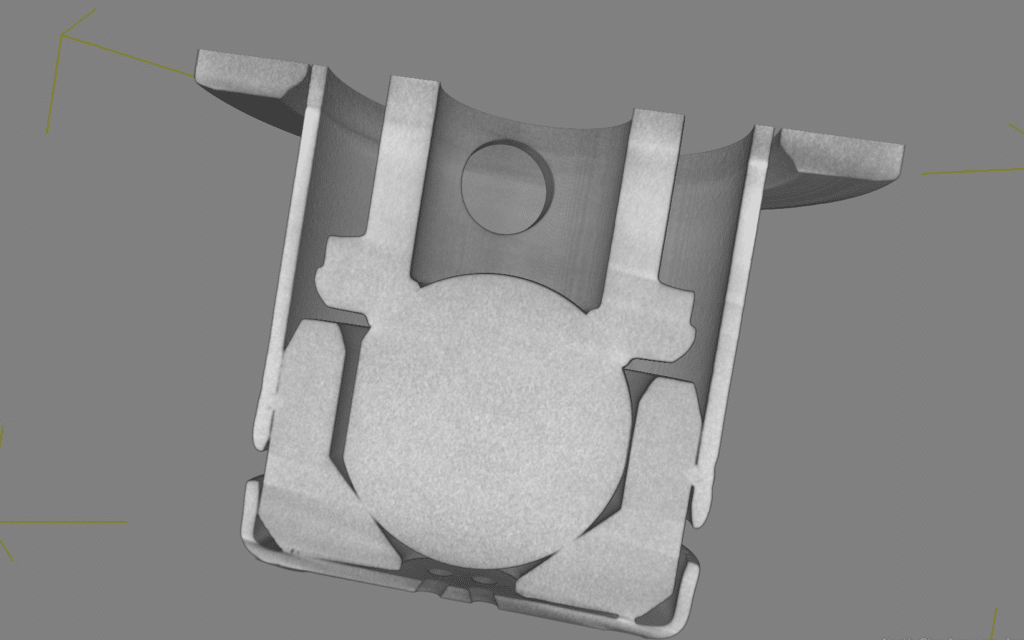How CT Scanning Can Improve Longevity and Reliability of Fuel Injectors
Computed Tomography for Fuel Injectors
Since the introduction of the fuel injection system, the automotive industry has been able to deliver the benefits of making vehicles less polluting, improving fuel mileage, and a creating a more reliable motor. Initially the injector was used to dump fuel into the combustion chamber but today the automotive injector is a highly tuned piece of hardware. Understanding the internal mechanisms and the spray dispersion are critical to the longevity and reliability of the hardware. Computed Tomography (CT) scanning offers a way to look inside the injector without disassembly.

During inspection of the fuel injector, there are many pieces that need to work together flawlessly, making it important to examine multiple features. Starting at the end, the injector tip is an intricate part of the vehicle’s performance. The tips geometry is important for fuel management. Diameter and direction can be understood through examination of the holes in the tip. Delivering the perfect mist from those holes can make a difference in the vehicle’s miles per gallon.
Moving up on the injector, take a look at the ball. The ball is the part that pulses up and down to deliver the correct amount of fuel. Inspecting the fit-up of the ball seal makes sure that the proper amount of fuel is delivered at the correct time. After assembly it is very difficult to check alignment of ball with sleeve. This is significant to reduce fatigue and premature failure. Additionally, a CT scan can determine if there are any foreign objects or debris which could cause it to run inefficiently.

Heading further up on the injector, the mechanics for pulsating the injector can be found. Whether it’s a spring or a magnet, inspecting the fitment and function can be determined with a CT scan.
Lastly, the electronics are at the top of the injector. Looking for solder or broken bonds, you can see the inside while it’s still potted in the system.